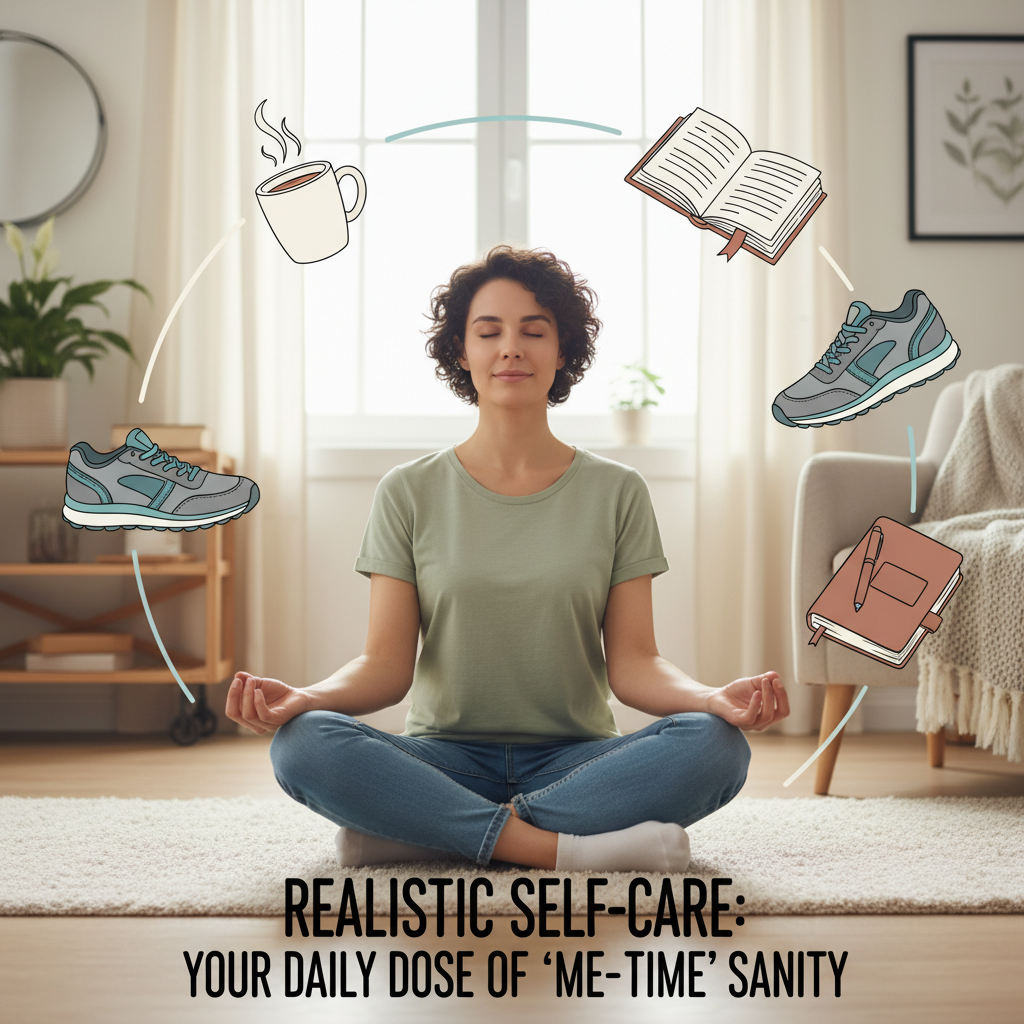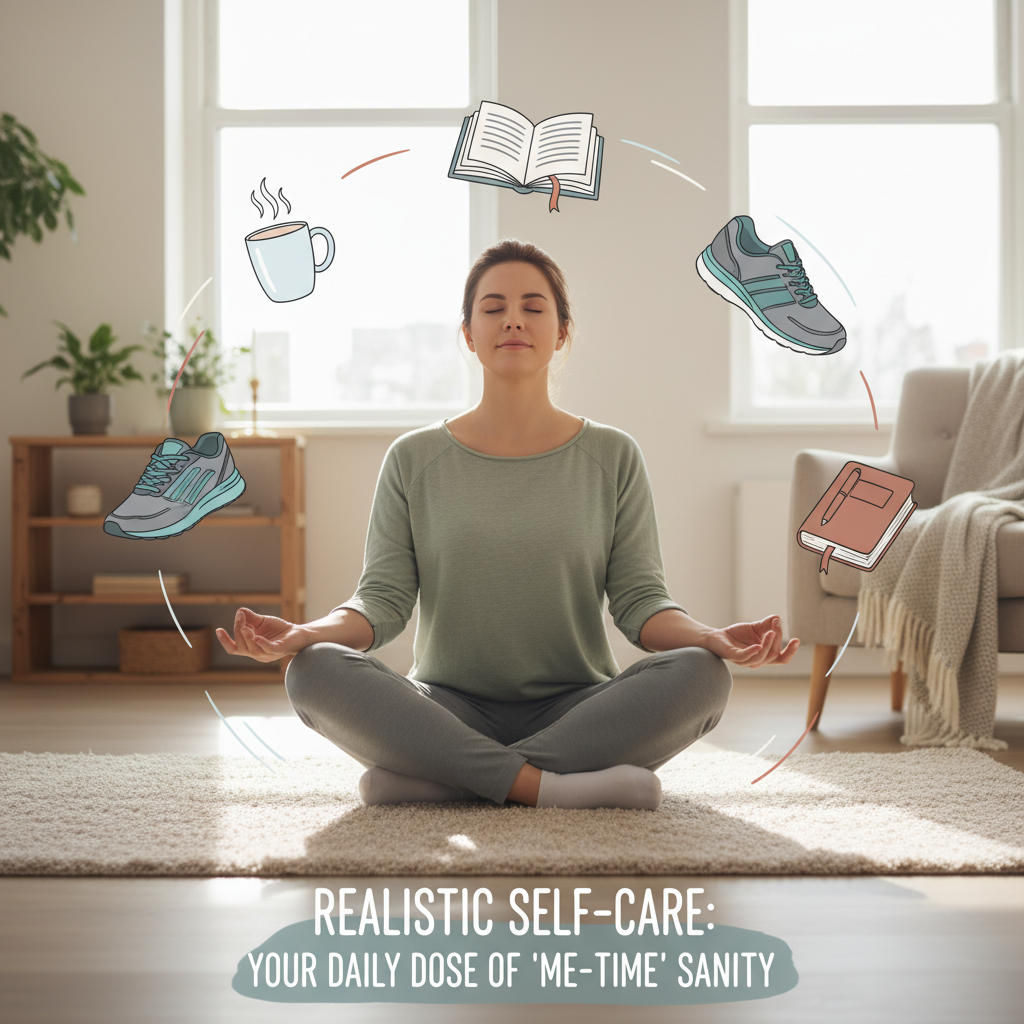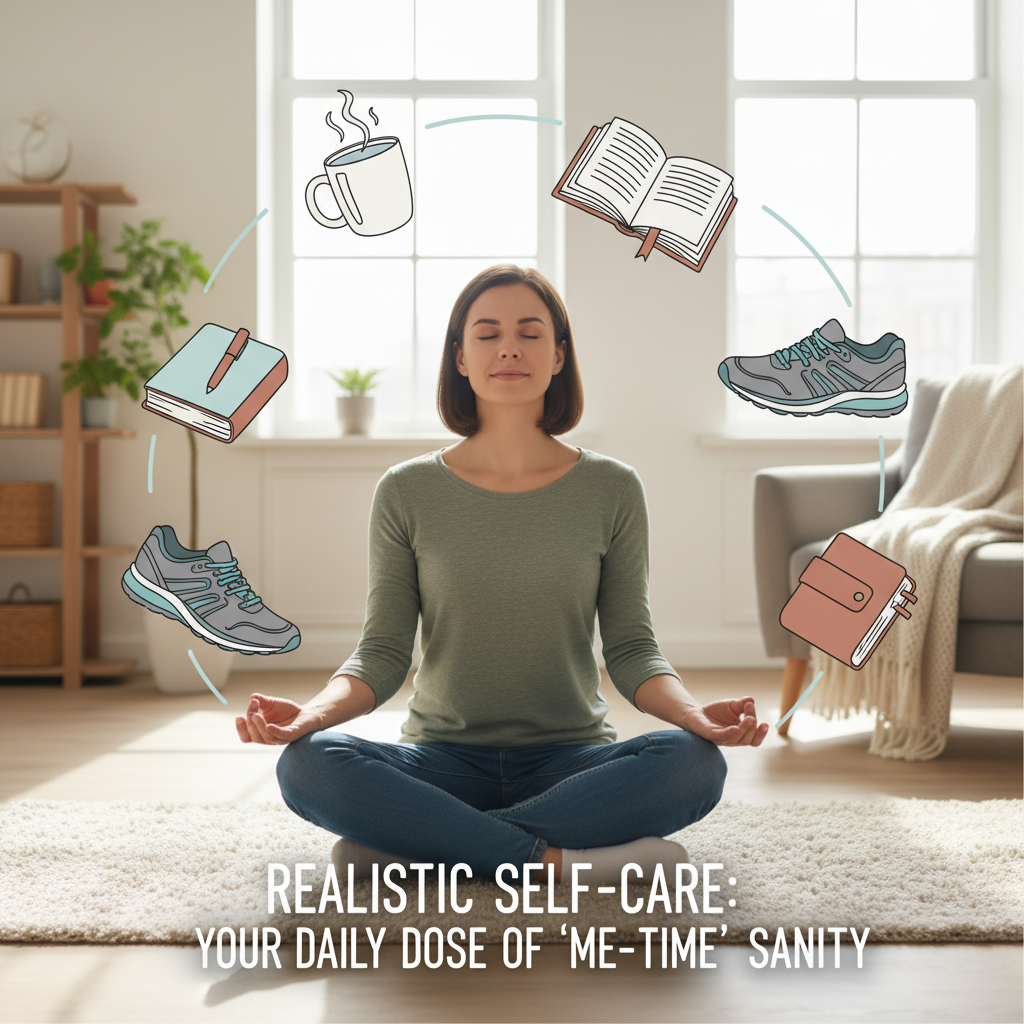How to Start a Realistic Self-Care Routine: Simple Steps for Everyday Life
Starting a realistic self-care routine is essential for maintaining balance and wellbeing in everyday life. It’s all about incorporating practical, easy-to-do habits that fit your lifestyle, helping you feel refreshed without the overwhelm of unrealistic expectations.

Why a Realistic Self-Care Routine Matters
Let’s be honest — self-care is often portrayed as extravagant spa days, soothing bubble baths, and Instagram-worthy moments. While these can be delightful, a realistic self-care routine is about embracing simple habits that respect your time and energy.
Imagine self-care as your reliable friend — showing up with comfort and support instead of complicated demands. Whether it’s five minutes of relaxation or a quick walk, practical self-care habits build momentum and resilience, much faster than waiting for the perfect weekend getaway.
Incorporating a realistic self-care routine improves your mental, emotional, and physical health. Learn more about the benefits in this industry leading research.

Step 1: Assess What You Need Right Now
Begin your journey by identifying what areas of your wellbeing need attention. Ask yourself:
- Are you physically exhausted and craving rest more than caffeine?
- Is your mind overwhelmed and craving clarity?
- Do you feel emotionally stretched and in need of comfort?
- Are you longing for social connection or peaceful solitude?
Jotting down your needs, even on a simple Post-it note, helps tailor your self-care. This step ensures your routine targets what truly matters.

Step 2: Choose Simple, Nourishing Activities
Simplicity is key. Introduce manageable self-care tasks that nourish your body and mind without stress:
- Take a 10-minute walk outside, leaving your phone behind for a screen-free moment.
- Practice five minutes of deep breathing or meditation — think of it as a reboot for your brain.
- Hydrate well, starting your morning with water to kickstart energy.
- Write down three things you are grateful for daily to foster positivity.
- Set gentle reminders for bedtime to prioritize sleep.
- Prepare a healthy snack to fuel your body with care.
Remember: Add only one or two activities weekly. This avoids overwhelm and builds sustainable habits.
Step 3: Set Achievable Goals with Flexibility
Avoid the trap of overcommitting. Instead, create flexible and realistic goals that celebrate progress over perfection.
For example, try meditating three times in week one, add gratitude journaling in week two, and include light stretching in week three. Life’s unpredictability means some days you might miss your routine — and that’s perfectly okay.
Show yourself compassion through all phases of your self-care journey. For more on goal setting strategies, explore our deep dive into wellness goal setting.

Step 4: Balance Different Types of Self-Care
A well-rounded self-care routine includes several dimensions, much like a favorite pizza with varied toppings:
- Physical: Prioritize sleep, nourishing meals, and gentle exercise.
- Emotional: Express feelings through journaling, talking, or creative outlets.
- Social: Connect with friends, family, or even pets for social nourishment.
- Mental: Engage in meditation, reading, or mindful rest.
Mixing these areas ensures your routine stays enjoyable and effective, helping prevent burnout.
Step 5: Make It Stick with Habit Anchoring
Transition your realistic self-care routine from intention to habit by linking new actions to existing daily activities.
For example, meditate right after brushing your teeth or drink water immediately after your morning coffee. Set friendly phone reminders as support, and log your progress in whatever planner or notes system suits you best — even a crumpled piece of paper works.
Celebrate every small success; indulging in that extra moment of calm is a worthwhile victory on your self-care path.
Personal Tip: Why I Love Morning Self-Care
Morning self-care sets a peaceful and positive tone for your day, whether you’re facing remote work challenges or active family life.
Even simple morning stretches or deep breathing can empower you to say, “I’ve got this,” before daily demands arrive. Embrace a gentle morning routine that suits your rhythm to experience its uplifting effects.
FAQs About Starting a Realistic Self-Care Routine
What if I don’t have time for self-care?
Even one deep breath counts. Starting small ensures quality over quantity in your realistic self-care routine.
How do I stay motivated?
Use reminders, rewards like your favorite treat, and consider an accountability buddy, even a playful friend, to keep you inspired.
Can self-care activities change daily?
Absolutely! Updating your routine maintains freshness and engagement, much like a favorite evolving playlist.
What if my self-care isn’t helping?
Adjust and personalize your routine. Self-care is a tailored experience; experiment to find what truly works for you.
Ready to begin your realistic self-care routine? Start small, be kind to yourself, and watch your well-being flourish like a devoted succulent—resilient and thriving with minimal fuss.


